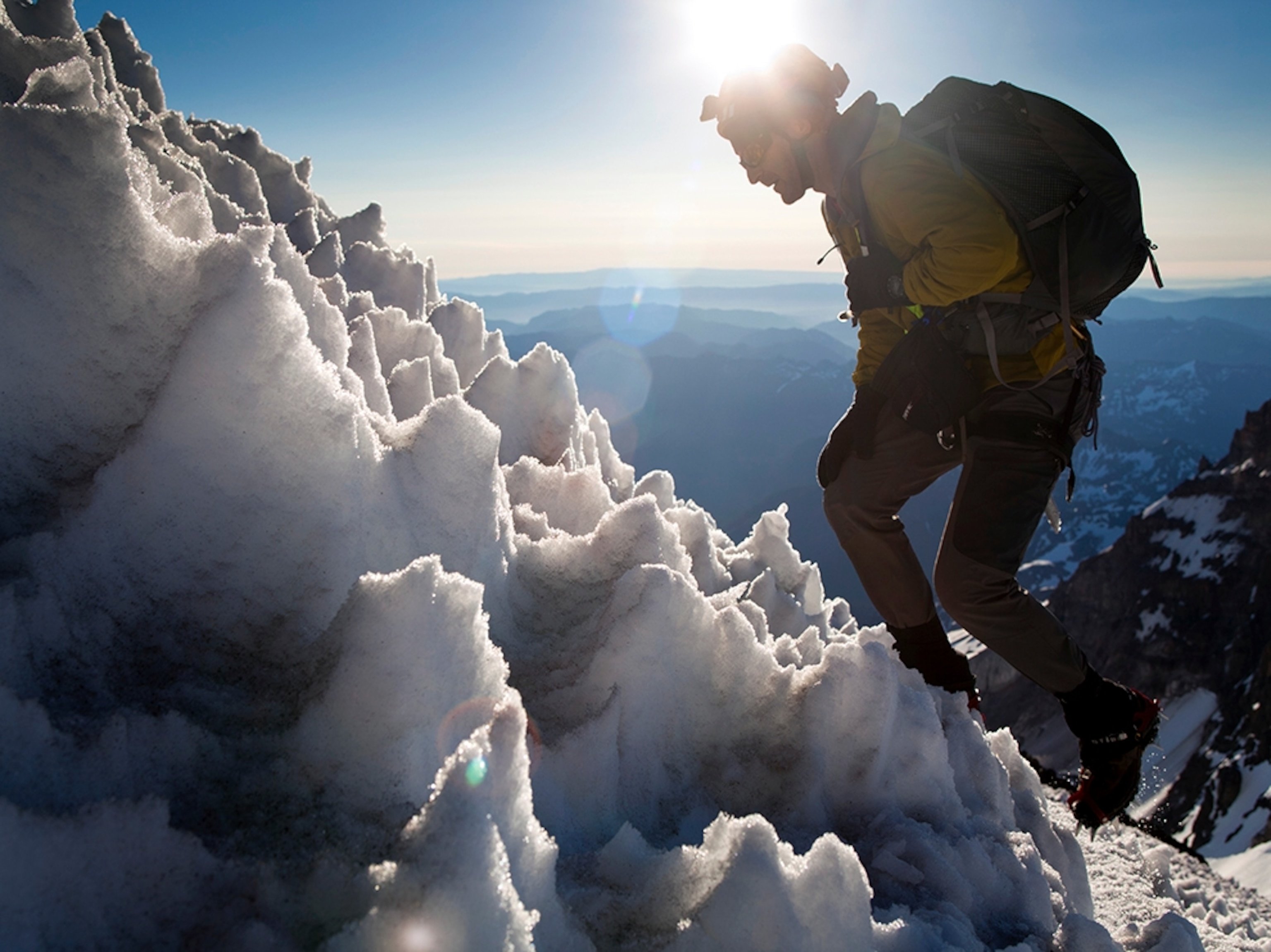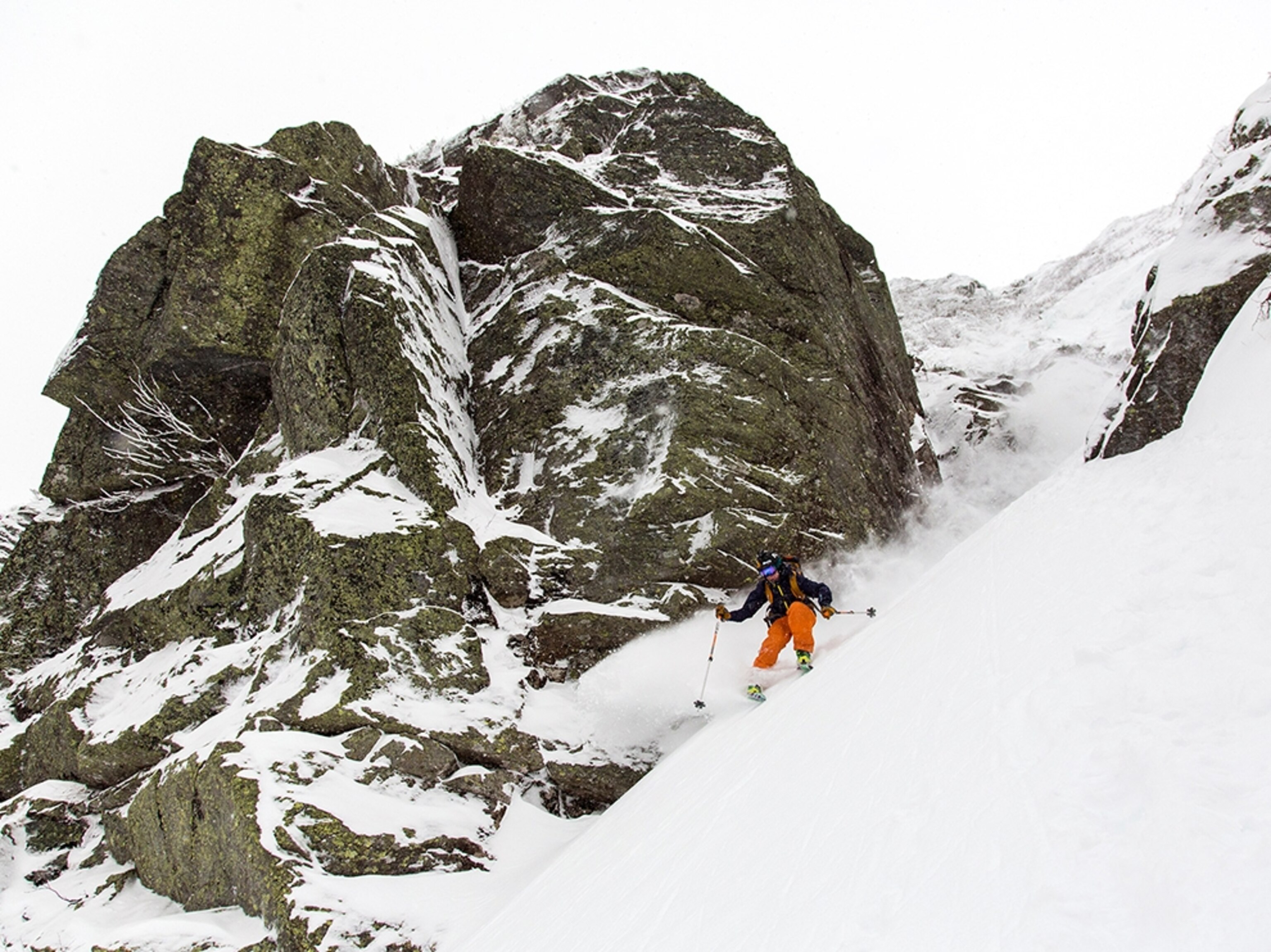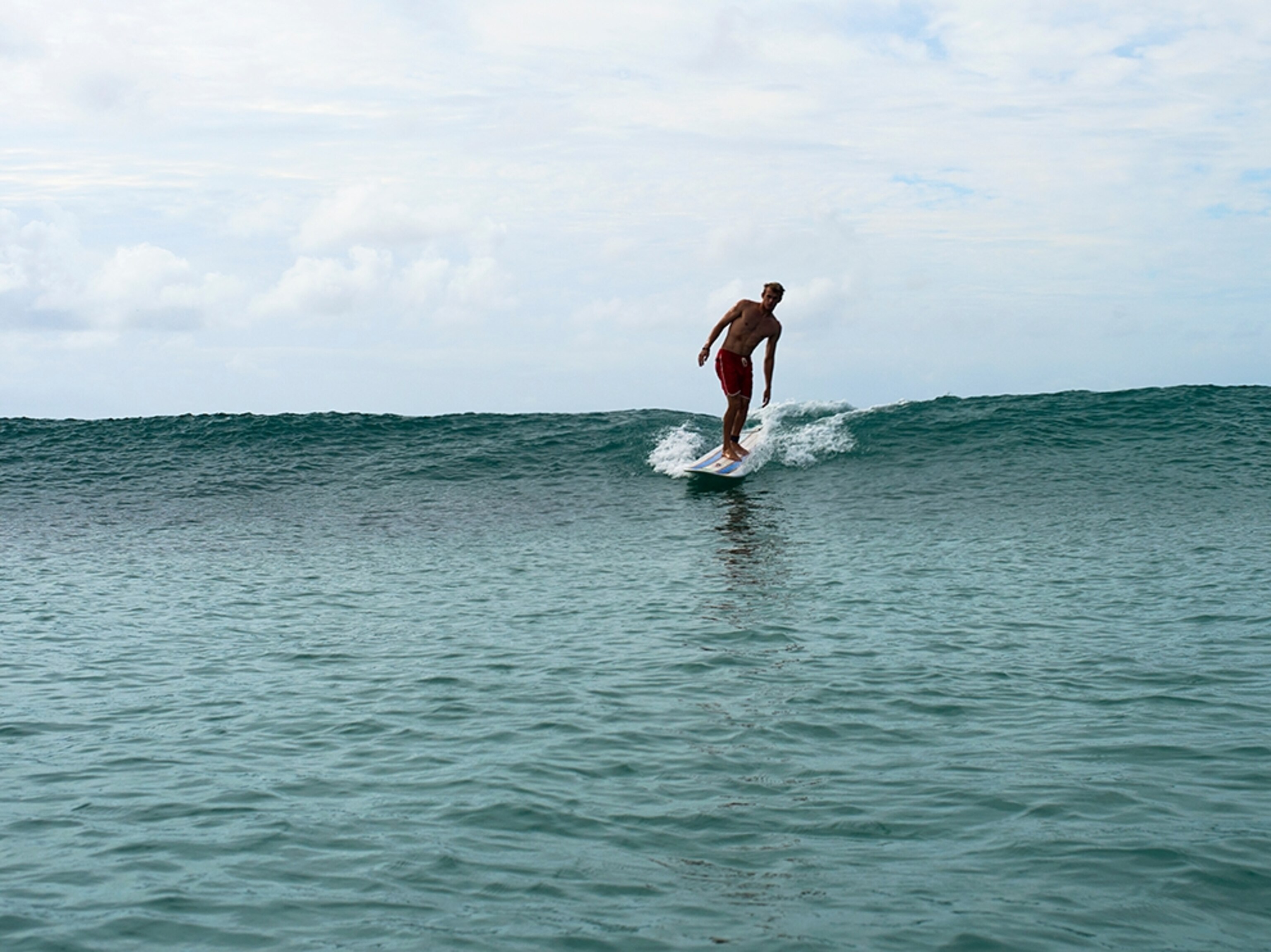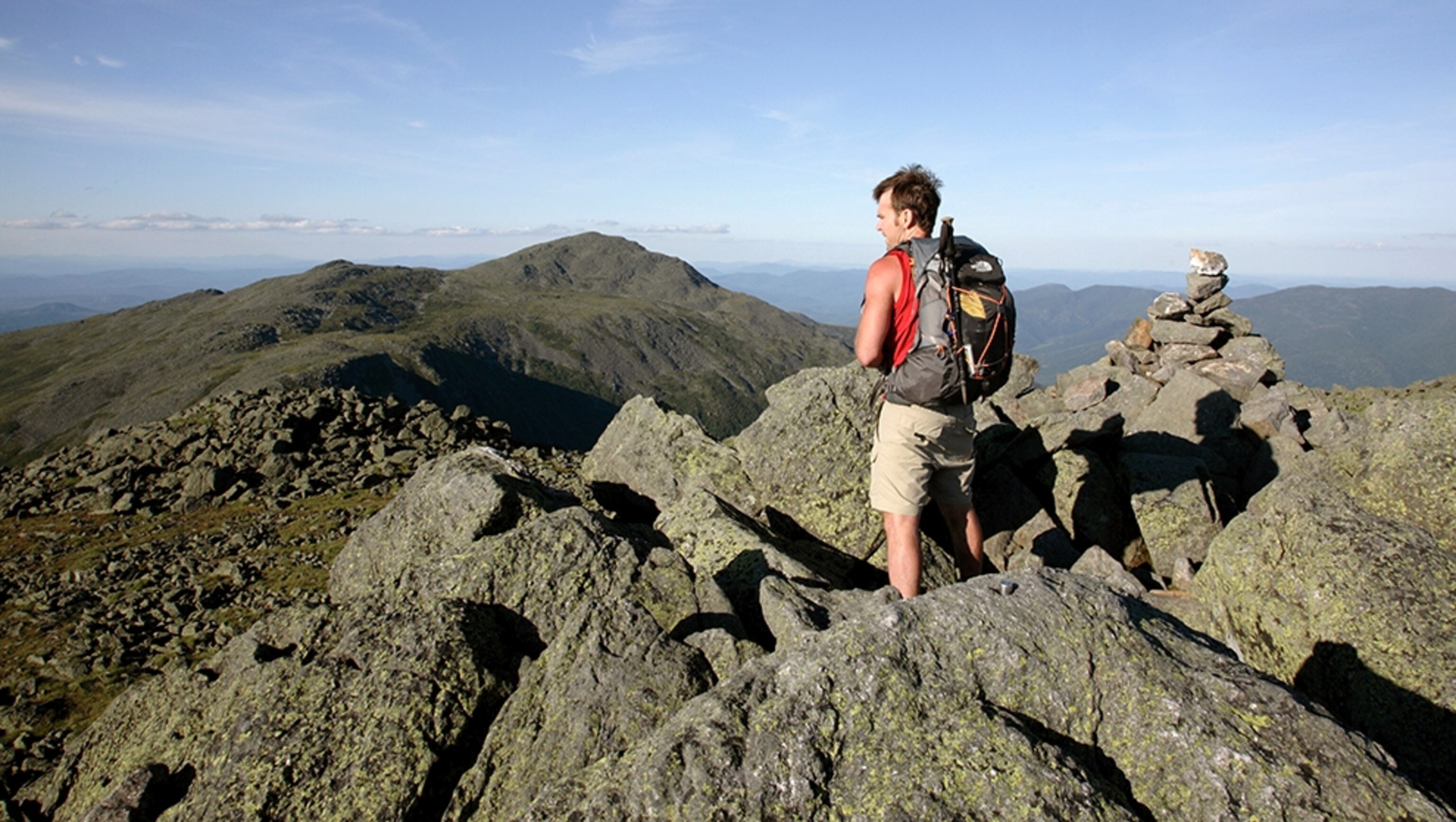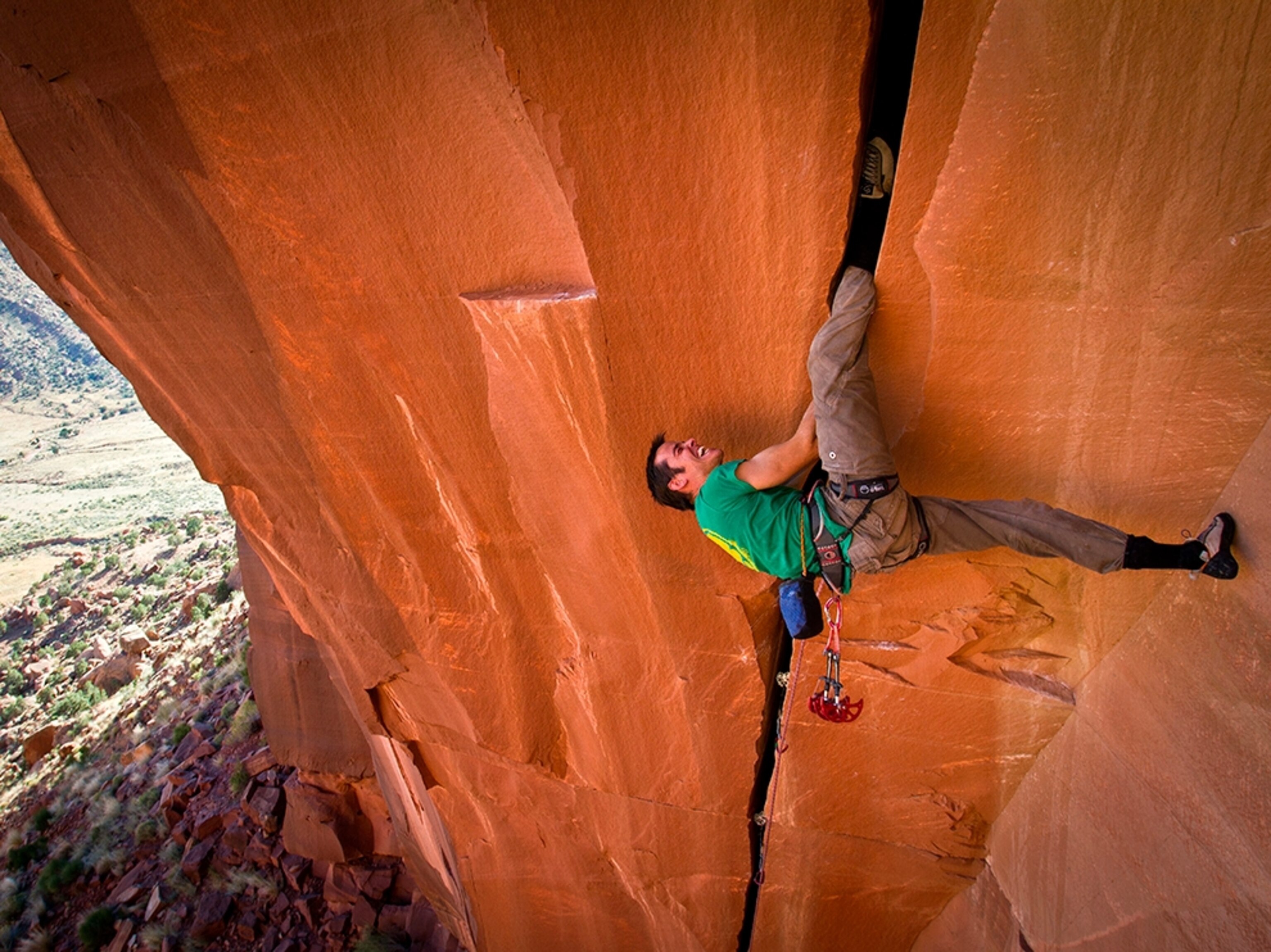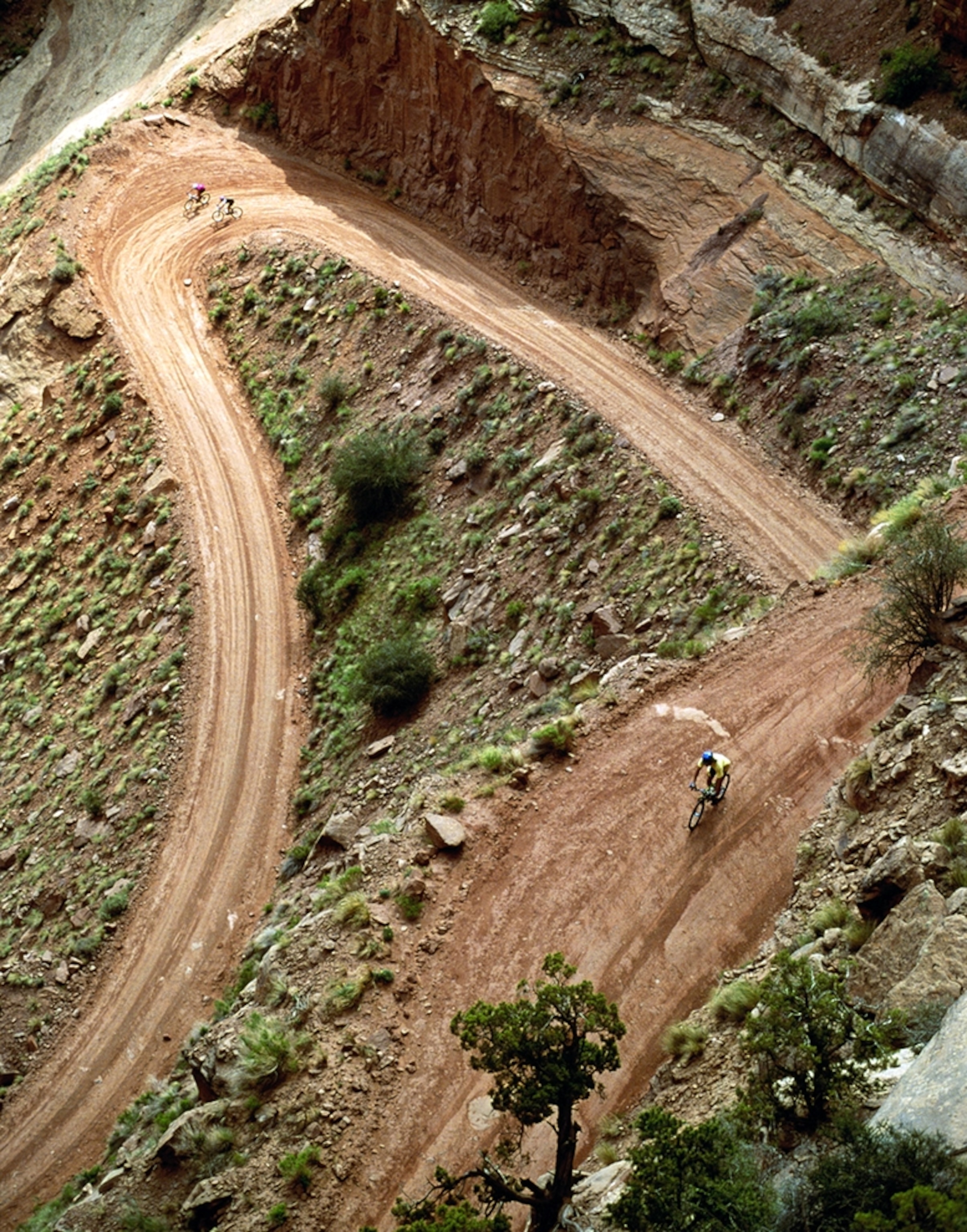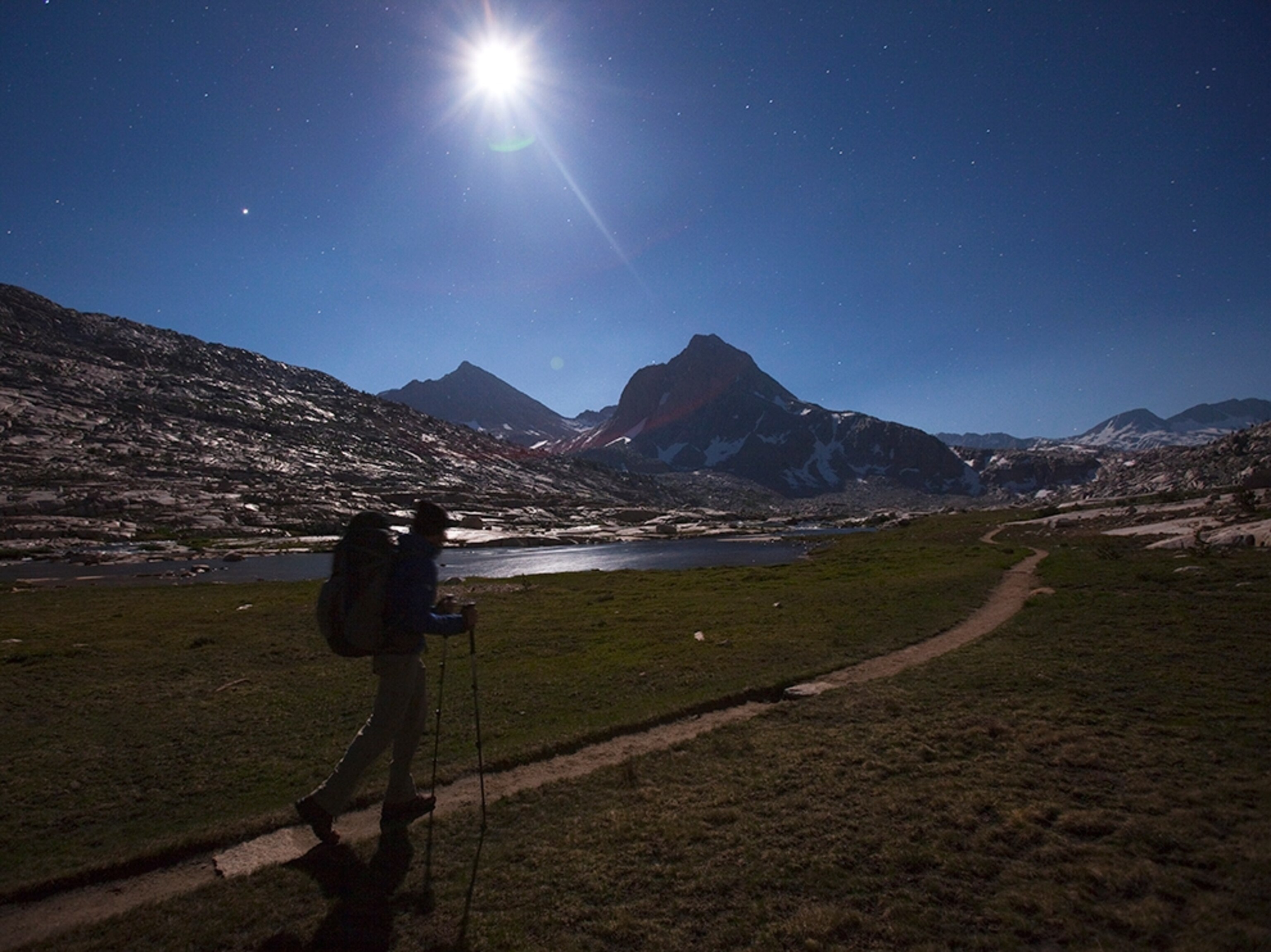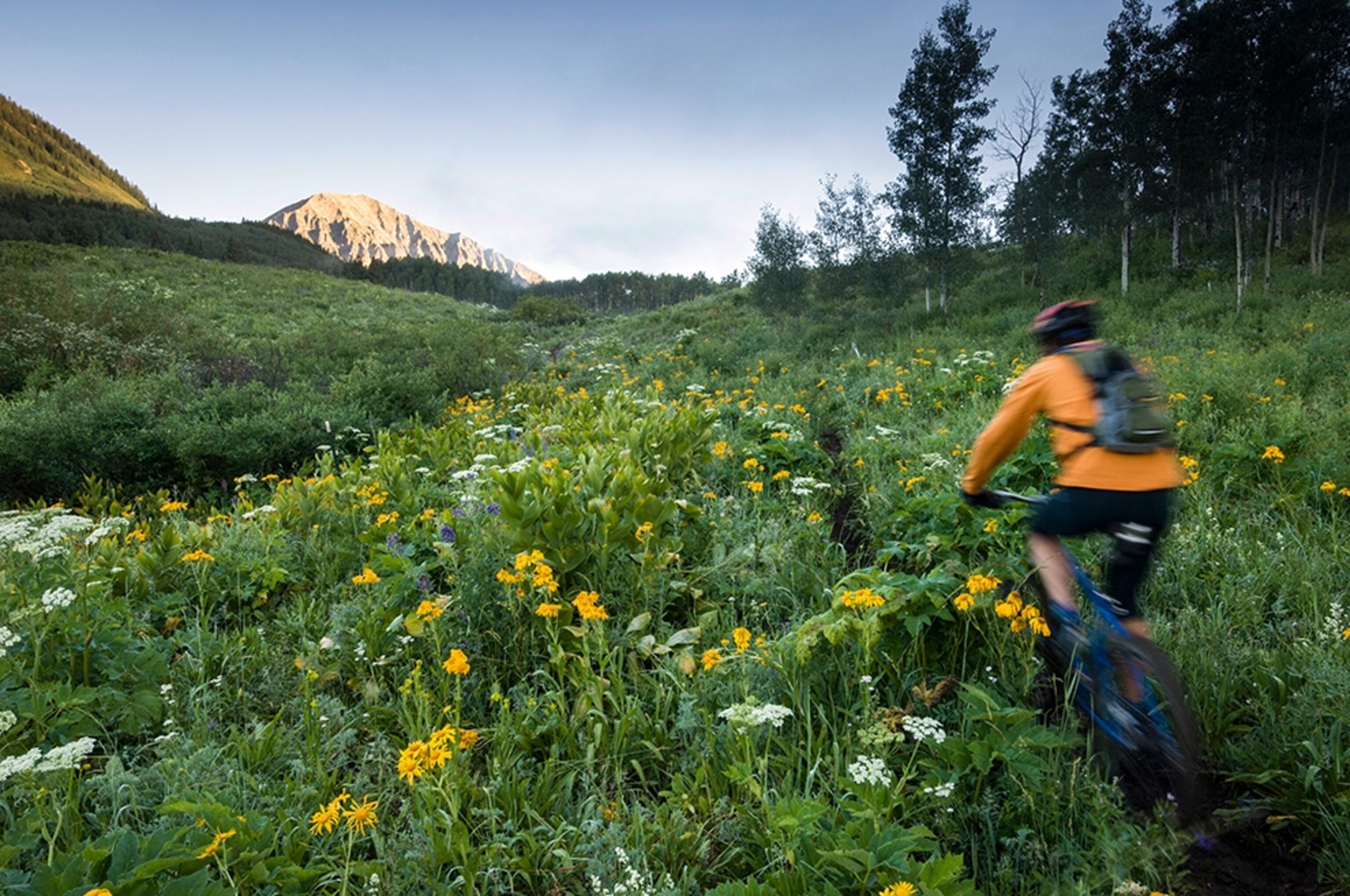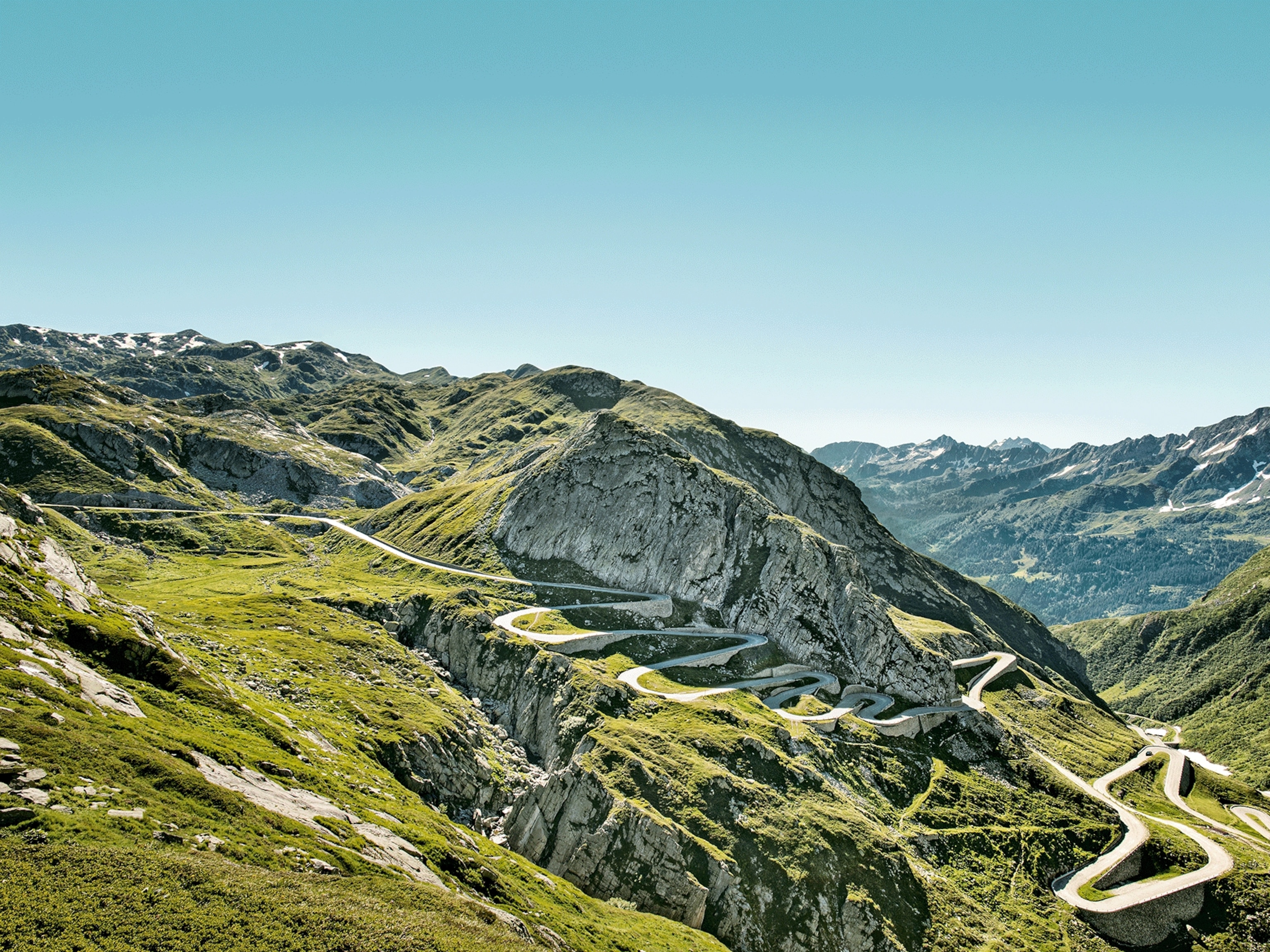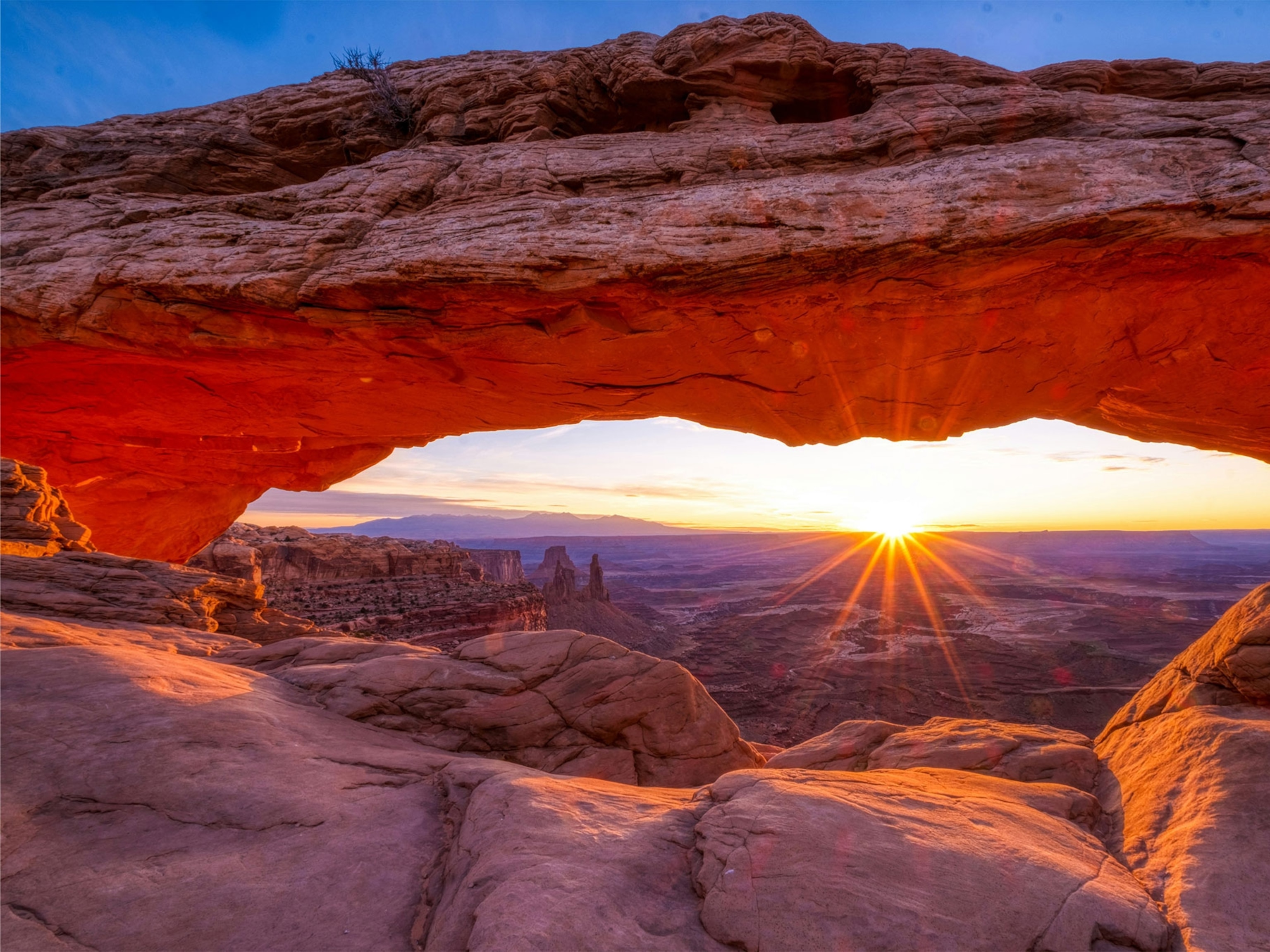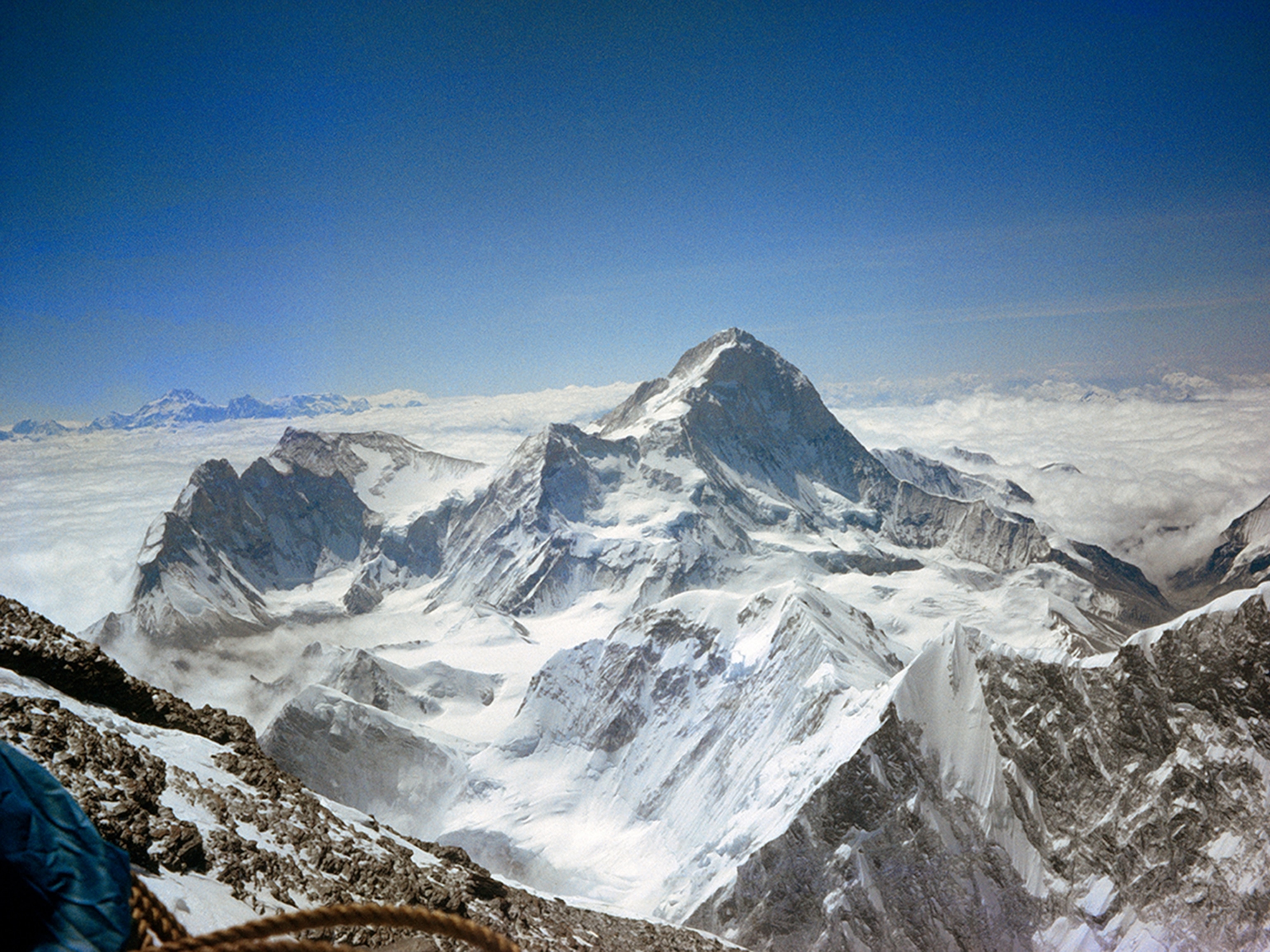1 of 10
Photograph by Tim Matsui
Adventure Dreams: 10 Classic Adventures
These are the quintessential adventure experiences you organize your year around because they require fitness, specialized gear, and maybe a large chunk of time off work. Our top ten cover life-list terrain in the mountains, ocean, and the desert and include the expert advice, gear tips, and training ideas you'll need to go from dream to reality. —Brendan Leonard
August 6, 2014
- National Geographic Expeditions
Travel with National Geographic
